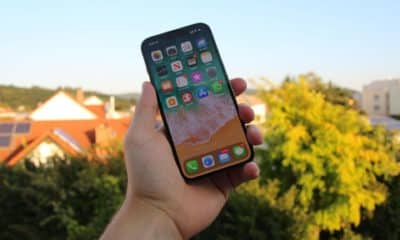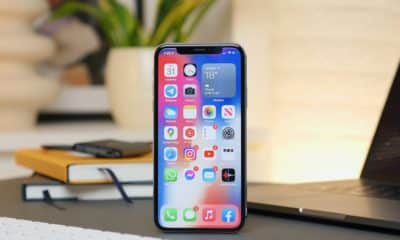Phones
Switching To A New Android Phone: 6 Key Things You Need To Do
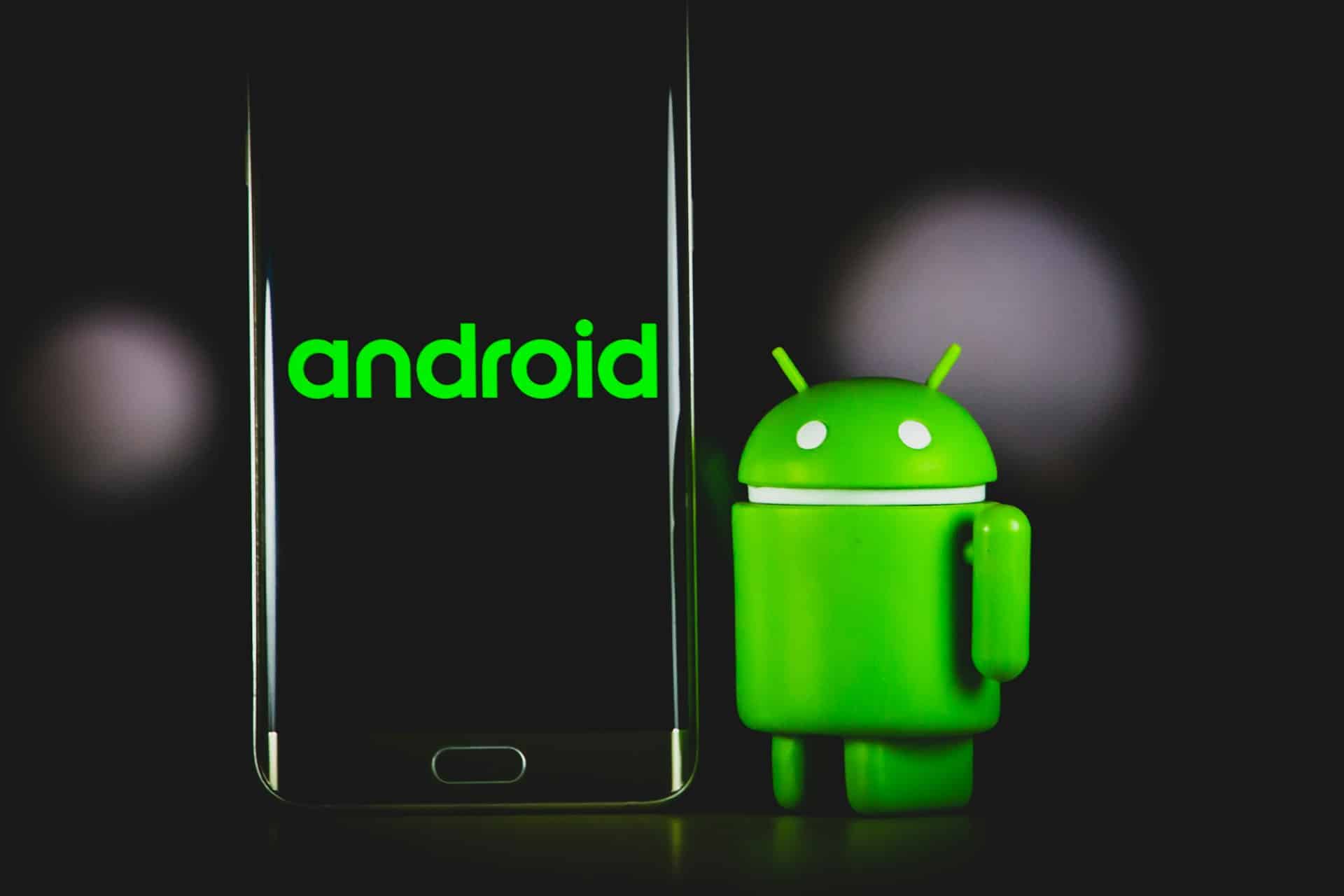
Switching to a new Android phone can be an exciting experience, but it can also feel overwhelming if you’re not prepared. Whether you’re upgrading to the latest flagship device or switching to a more budget-friendly option, there are several steps you need to take to ensure a smooth transition.
This guide will walk you through everything you need to know when switching to a new Android phone, from backing up your old device to setting up your new one. By the end of this guide, you’ll be ready to enjoy your new phone without missing a beat.
Key Takeaways:
- Back up your old phone to avoid losing important data.
- Transfer your data using built-in tools or third-party apps.
- Set up your new Android phone step by step.
- Customize your new phone to suit your preferences.
- Secure your device and optimize its performance.
Step 1: Back Up Your Old Phone
Before you switch to your new Android phone, it’s crucial to back up your old device. This ensures that all your important data, such as contacts, photos, apps, and settings, is safely stored and can be easily transferred to your new phone.
How to Back Up Your Android Phone:
- Google Account Backup:
- Go to Settings > System > Backup.
- Ensure that Backup to Google Drive is turned on.
- This will back up your app data, call history, contacts, settings, and SMS messages.
- If you have a large amount of data, make sure you have enough Google Drive storage. You can purchase additional storage if needed.
- Photos and Videos:
- Use Google Photos to back up your media. Open the app, go to Settings > Backup & Sync, and enable it.
- Alternatively, manually transfer photos and videos to a computer or external storage.
- If you’re using a microSD card, you can move your media files to the card and insert it into your new phone.
- Other Data:
- For files like documents or music, use a file manager app to copy them to an SD card or cloud storage like Google Drive or Dropbox.
- Don’t forget to back up app-specific data, such as game progress or notes, if the app doesn’t sync with the cloud.
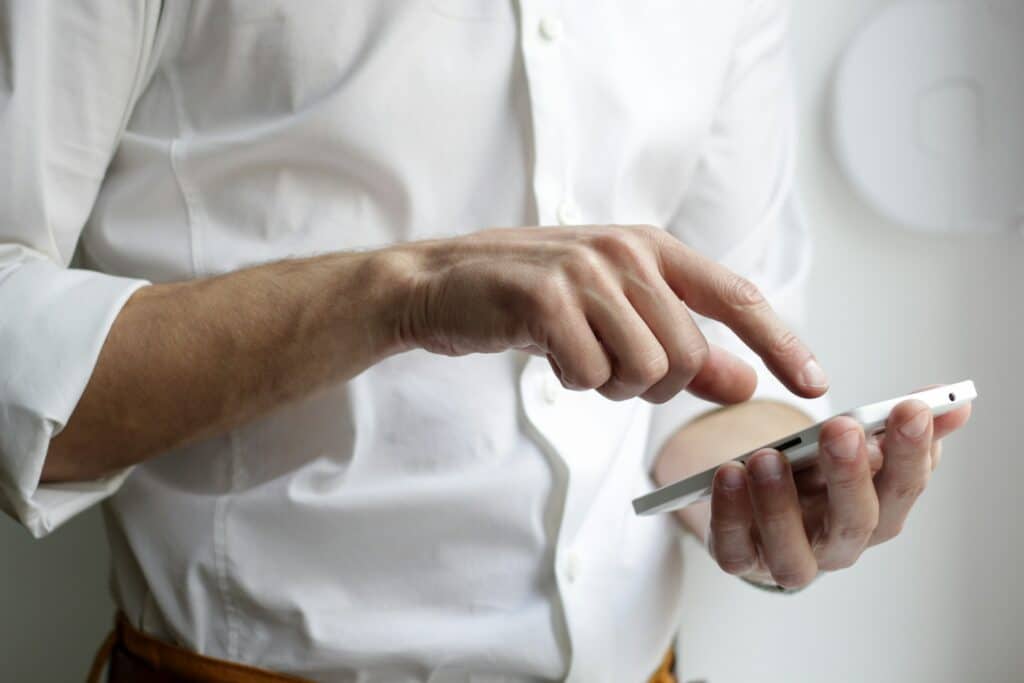
Step 2: Transfer Data to Your New Phone
Once your old phone is backed up, the next step is to transfer your data to your new Android phone. Most modern Android devices make this process straightforward.
Methods to Transfer Data:
- Using Google Account:
- During the setup of your new phone, log in with the same Google account used on your old phone.
- Your backed-up data will automatically sync to the new device.
- This includes your contacts, calendar events, and even some app settings.
- Using a Cable or Adapter:
- Some phones come with a USB-C to USB-C cable or adapter for direct data transfer.
- Follow the on-screen instructions to move contacts, photos, and apps.
- This method is faster than wireless transfer and doesn’t require an internet connection.
- Using Third-Party Apps:
- Apps like Samsung Smart Switch (for Samsung devices) or Google’s Data Transfer Tool can simplify the process.
- These apps often allow you to transfer data wirelessly or via a cable, depending on your preference.
Step 3: Set Up Your New Android Phone
After transferring your data, it’s time to set up your new Android phone. This involves configuring settings, installing apps, and personalizing your device.
Setup Process:
- Insert SIM Card and SD Card:
- If your new phone uses a SIM card or SD card, insert them before turning on the device.
- Make sure the SIM card is properly activated by your carrier to avoid connectivity issues.
- Follow the On-Screen Instructions:
- Select your language, connect to Wi-Fi, and log in to your Google account.
- Restore your data from the backup during this step.
- You’ll also be prompted to set up biometric authentication, such as fingerprint or face unlock.
- Update Your Phone:
- Check for system updates by going to Settings > System > System Update.
- Install the latest software to ensure optimal performance and security.
- Updating your phone early can prevent bugs and improve battery life.
Step 4: Customize Your New Phone
One of the best things about Android is its customization options. Take some time to personalize your new phone to make it truly yours.
Customization Tips:
- Home Screen Layout:
- Rearrange app icons, add widgets, and change wallpapers.
- Use launcher apps like Nova Launcher for advanced customization.
- You can also create folders to organize your apps by category.
- Notifications and Sounds:
- Adjust notification settings for each app under Settings > Apps & Notifications.
- Set custom ringtones and notification sounds.
- You can also enable or disable notification dots and app badges.
- Display Settings:
- Change screen brightness, enable dark mode, and adjust font size for better readability.
- Explore advanced display settings like Always-On Display (if supported) or screen color calibration.
Step 5: Secure Your New Phone
Protecting your new Android phone is essential to keep your data safe from unauthorized access.
Security Measures:
- Set Up Screen Lock:
- Use a PIN, pattern, password, or biometric authentication (fingerprint or face unlock).
- Avoid using easily guessable patterns or PINs, such as “1234” or “0000.”
- Enable Find My Device:
- Go to Settings > Security > Find My Device and turn it on. This helps locate your phone if it’s lost or stolen.
- You can also remotely lock or erase your device if necessary.
- Install Security Apps:
- Consider using antivirus apps like Avast or McAfee for added protection.
- Regularly review app permissions to ensure no app has unnecessary access to your data.
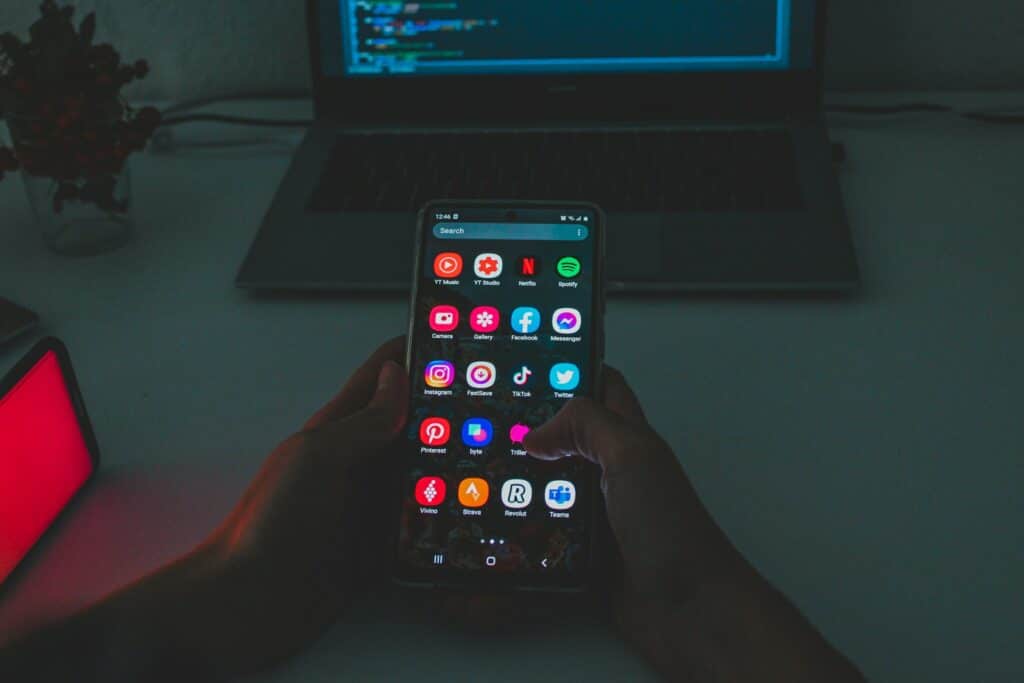
Step 6: Optimize Your Phone’s Performance
To get the most out of your new Android phone, follow these tips to optimize its performance.
Optimization Tips:
- Manage Storage:
- Regularly delete unused apps and clear cache files.
- Use tools like Files by Google to free up space.
- Move large files, such as videos, to cloud storage or an external SD card.
- Battery Optimization:
- Enable Battery Saver mode and restrict background activity for power-hungry apps.
- Use adaptive battery settings to extend battery life.
- Avoid overcharging your phone, as it can reduce battery health over time.
- Disable Bloatware:
- Uninstall or disable pre-installed apps that you don’t use.
- Some apps cannot be uninstalled, but you can disable them to prevent them from running in the background.
Switching to a new Android phone: conclusion
Switching to a new Android phone doesn’t have to be a daunting task. By following this comprehensive guide, you can ensure a seamless transition from your old device to your new one. From backing up your data to customizing and securing your new phone, each step is designed to make the process as smooth as possible. With your new Android phone set up and optimized, you’re ready to enjoy all the features and capabilities it has to offer.









